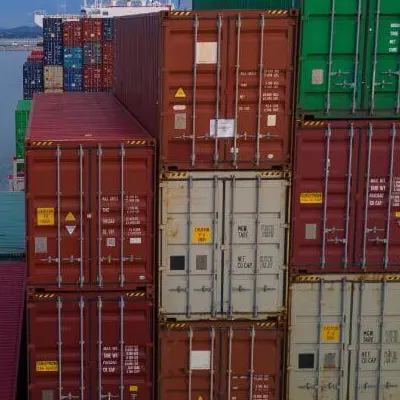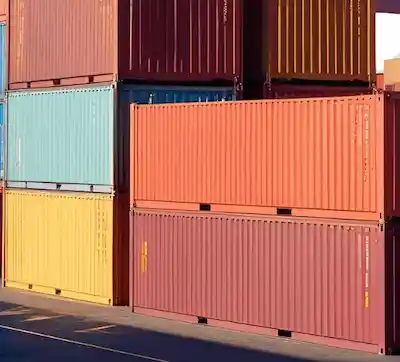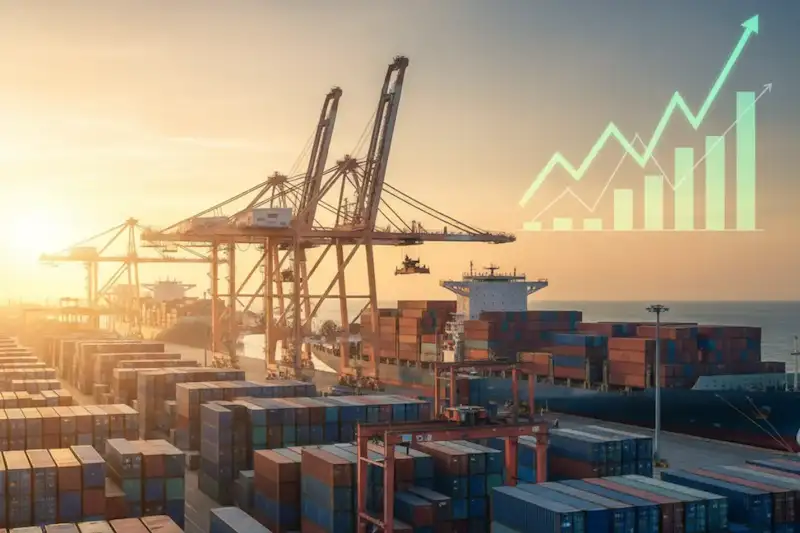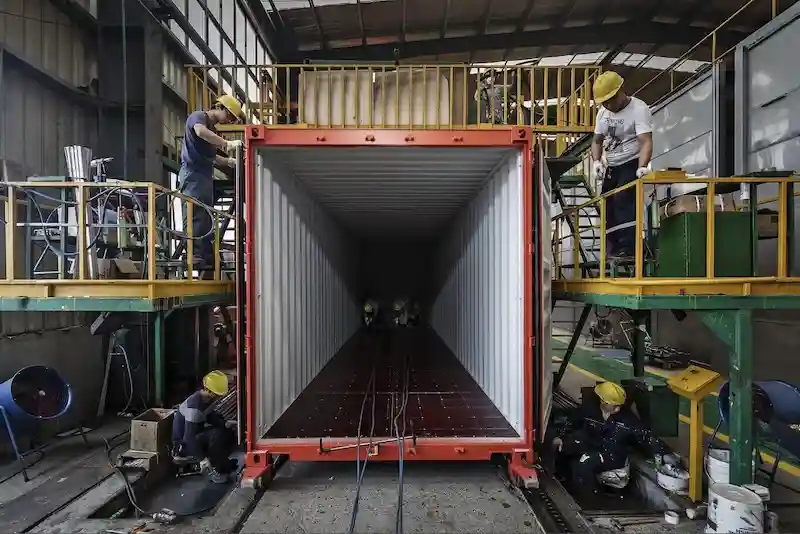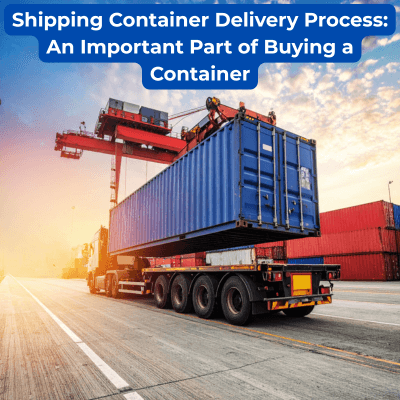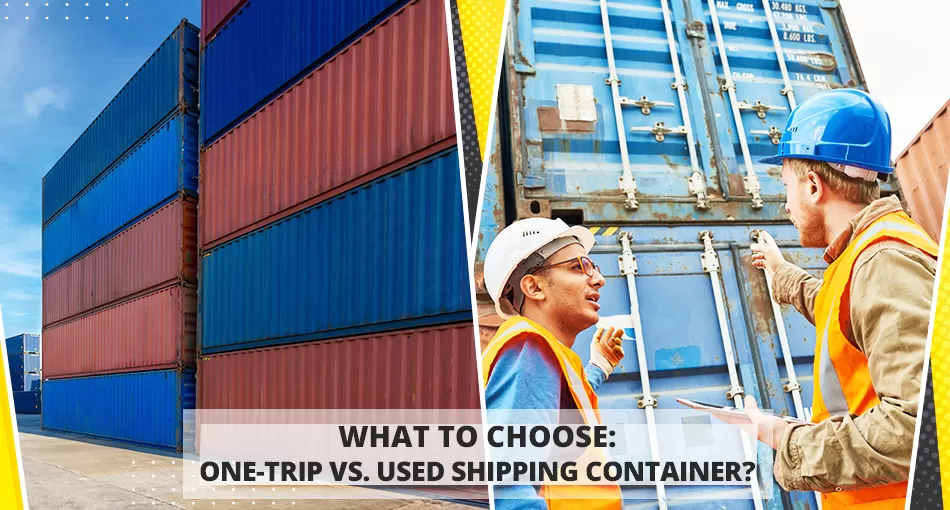How to Buy a Shipping Container? Here are 8 Easy Steps to Get One

Want to know how to buy cargo containers? In this guide, we’ll walk you through eight easy steps to help you secure the perfect one.
How to Buy a Shipping Container: 8 Easy Steps to Follow
There are different types of shipping containers available, each with specific conditions and gradings based on their use and structure. And it’s easy enough to get lost in them. That’s why we’ve laid out 8 easy steps to guide you in purchasing the ideal shipping container. Let’s explore them one by one.
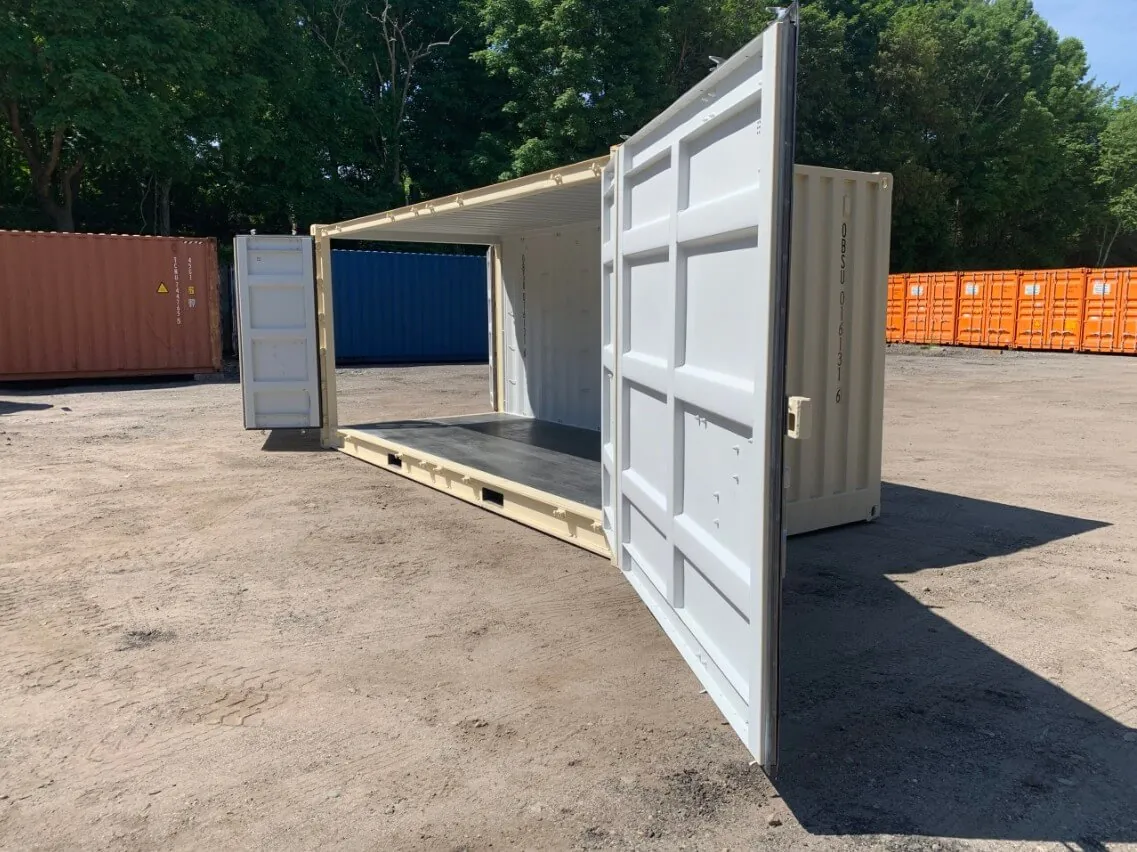
Step 1: Should you Buy or Lease a Shipping Container?
The first step is deciding whether to buy or lease. Let’s break down the pros and cons of each option to find the best path for you..
First up, buying a shipping container.
Pros:
- Once purchased, the container is yours to use as you see fit. You can customize it, paint it, and use it without restrictions.
- If you plan to use the container for an extended period, you will avoid ongoing rental fees.
- A purchased container holds resale value depending on market conditions.
Cons:
- The initial cost isn’t feasible for everyone.
- As the owner, you are responsible for all maintenance and repairs.
Now, onto leasing a shipping container.
Pros:
- Leasing spreads out the cost and is more affordable in the short term.
- It is ideal for short-term projects or temporary needs — you can return the container when no longer needed.
- Maintenance is included.
Cons:
- You won’t have the same freedom to make modifications that you would with ownership.
- Over time, leasing becomes more expensive than buying, especially if the container is needed for an extended period.
Ask yourself, “How do I buy a shipping container if I want one for the long term?” or “Can I buy a shipping container if my needs are temporary?”. If you’re leaning towards long-term use and have the budget, purchasing is the best route. On the other hand, if your project is short-lived or you’re unsure about future needs, leasing is a flexible alternative.
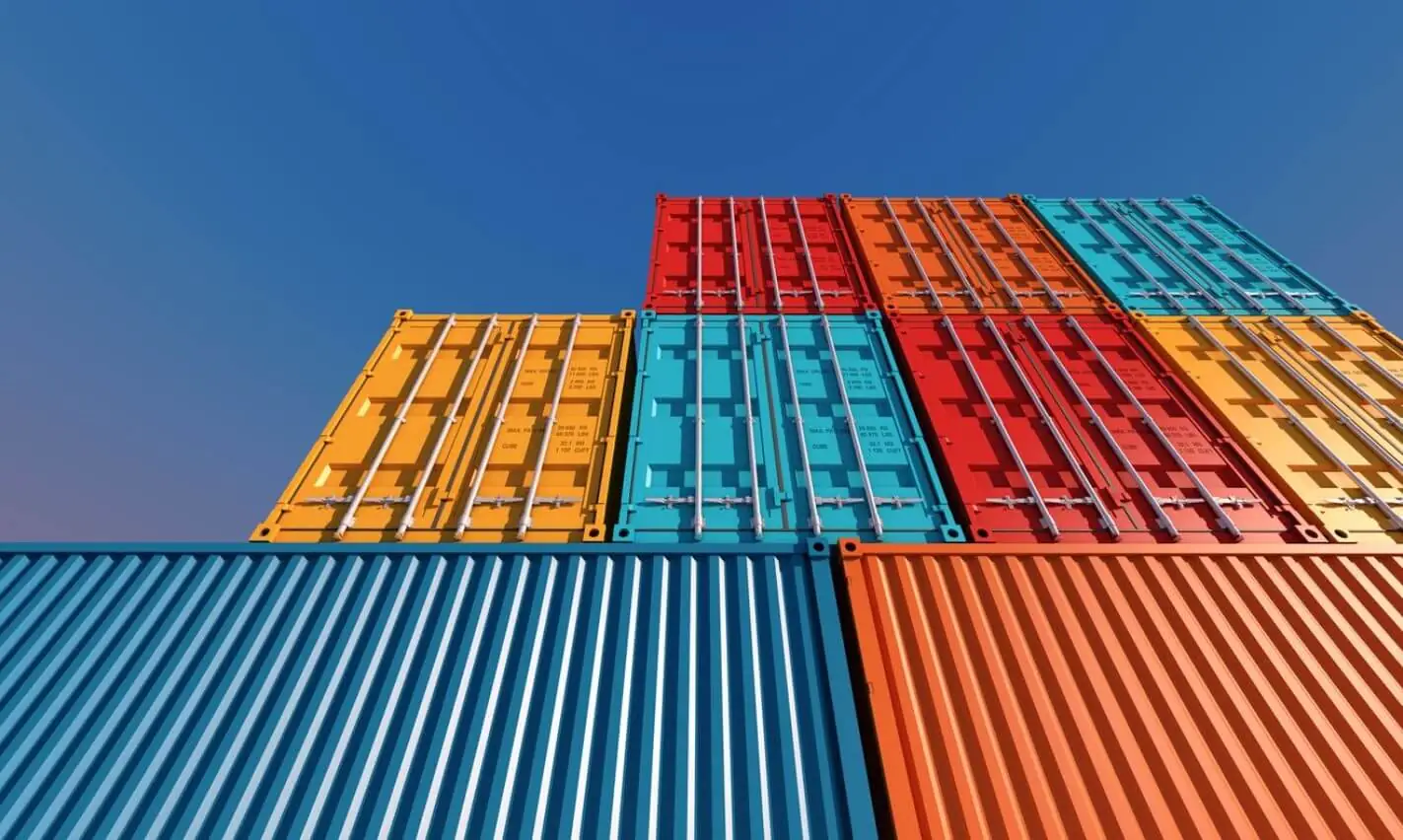
Step 2: Choose the Right Container Type
Now, let’s find out which types of shipping containers are currently available on the market (and on the Pelican Containers’ website):
- Standard containers (20ft, 40ft, 45ft). The go-to containers for most shipping and storage needs.
- High cube containers. Perfect for large or bulky items that require more vertical space.
- Flat rack containers. Offer collapsible sides, suitable for machinery, vehicles, or large construction materials.
- Open top containers. Allow for top-loading and are ideal for items that don’t pass through standard doors.
- Open side containers. Provide a full side opening for wide items or in case frequent access is required.
- Refrigerated containers (reefers). Maintain a controlled environment, so your temperature-sensitive cargo stays fresh during transport.
- Tunnel double-door containers. Perfect for situations where you need quick entry and exit from either side.
Think about what you’re storing or shipping and match it with the container types mentioned. For general use, standard containers are a no-brainer. But if you have specific needs, explore the specialized options.
Step 3: Choose Condition and Grading While Buying Shipping Containers
It’s time to talk about conditions and grading. Based on these factors, containers are divided into:
- New containers. They are fresh off the assembly line with no wear and tear.
- Used containers. They’re more budget-friendly and great for those who need a container at a low cost.
- Cargo-worthy. When you see this grade, it means the container is in good enough condition to handle the rigors of transportation and is suitable for shipping needs or if you require a robust option for storage.
- Wind and watertight (WWT). If your primary concern is weatherproofing and you’re asking, “How to purchase a shipping container that’s safe from the elements?” then WWT containers are your match.
Think about what you’re using the container for. Need it for long-term use or valuable storage? Consider new or cargo-worthy options. On a tighter budget for basic storage? Then, choose used or WWT containers.
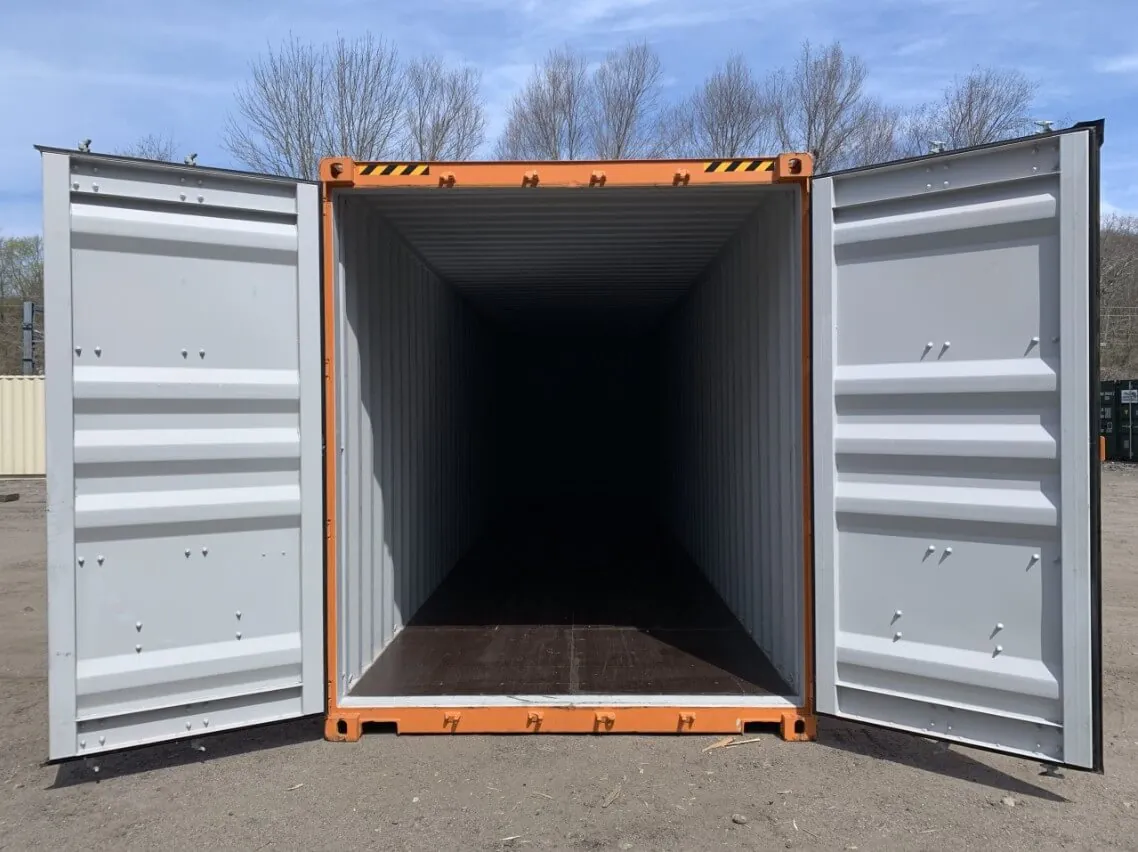
Step 4: Find Out How Much to Buy a Shipping Container
Let’s explore factors that influence cost. First up, size matters and affects the price. Large or specialized containers naturally cost more, so think about your space needs to avoid paying for unused room.
The condition of the container is another determinant of price. New containers command higher prices due to their pristine condition and extended lifespan. Used containers are cheaper, but you should consider their grading to ensure they meet your needs.
Location also influences the container price. If you live near a port, expect competitive prices, as shipping containers are more plentiful and cost-effective to transport. However, if the container needs to be delivered to an inland location, additional delivery costs should be anticipated.
And don’t forget market demand. Prices fluctuate based on how in-demand containers are at the time. Try to stay informed about market trends to find a good deal.
Step 5: Where to Buy Shipping Containers?
So, where to buy a shipping container? First up, let’s talk about Pelican Containers. We offer a wide range of both new and used options to suit just about any need. Our team is known for excellent customer service and is ready to guide you through every step of the buying process. Also, we promise affordable container costs with no hidden fees. You can be confident in our product offerings and enjoy peace of mind knowing you’re dealing with a trusted name in the industry.
Then there are online marketplaces, where you can browse numerous containers from the comfort of your home. You can compare prices, sizes, and conditions all in one place. However, buying online means you need to be extra cautious. Make sure to check seller reviews and ensure secure payment options to avoid any mishaps.
Don’t discount local suppliers either. They’re a great choice if you want to see the container in person before buying, verify its condition, and get a feel for what you’re purchasing. Plus, buying locally will help you save on delivery costs. The downside? They usually don’t have as wide a selection as big online platforms or specialized suppliers like Pelican Containers.

Step 6: Inspect the Container or Hire a Container Surveyor
You’re almost at the finish line, but before you make the purchase, let’s talk about inspections. They’re important to ensure that your container is in good condition.
If you prefer DIY inspections (and if your chosen supplier allows for this), look for signs of rust, which can compromise the container’s integrity over time. Check the structural soundness by walking around the container and inspecting the walls, roof, and floor for any dents or uneven surfaces that may indicate damage. Ensure all doors open and close smoothly. Inspect the seals and gaskets on the doors to confirm they are intact and capable of keeping out the elements.
Now, if you’re not quite sure what to look for or prefer a professional touch, hire a container surveyor. These experts are skilled in spotting issues that are not apparent to the untrained eye. They will provide a detailed assessment of the container’s condition and highlight any structural issues or repairs needed.
Inspecting the container helps avoid unexpected problems in the future, such as leaks or structural failures, which can turn your investment into a costly headache.
Step 7: Obtain Necessary Permits
Permits ensure your container meets local zoning and building codes. Depending on how you plan to use the container, different permits are required. Missing this step will lead to fines or being asked to remove the container, which is definitely something you want to avoid.
Typical permits required include:
- Zoning permits. They determine if your container is allowed on the property based on local land-use regulations.
- Building permits. If you’re planning to make modifications to the container or use it as a permanent structure, a building permit may be required.
Contact local authorities to get detailed information on what permits are needed for your specific situation, take the time to read through the regulations provided by them, prepare all the necessary documentation for your permit application, and then submit it to the relevant authorities. Be sure to follow up if you don’t hear back within the expected timeframe.
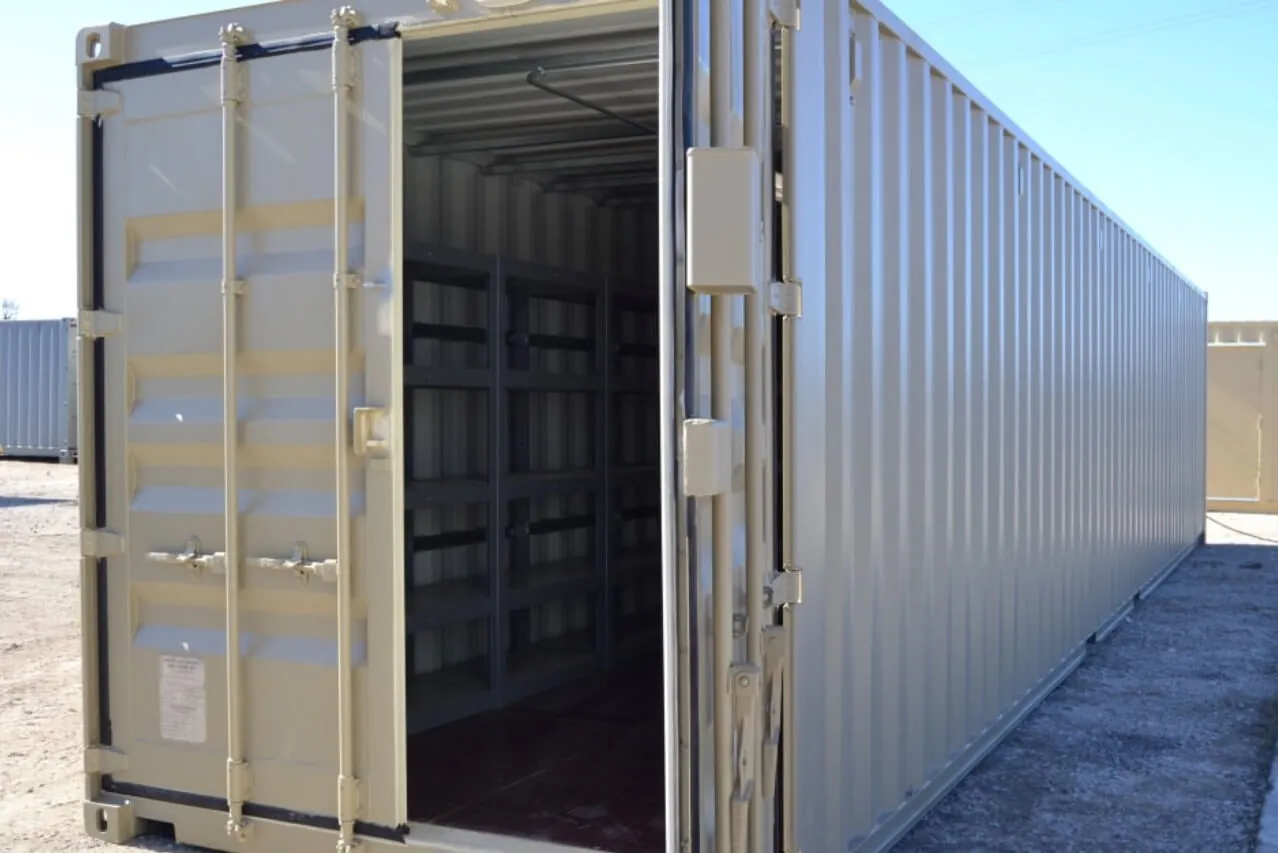
Step 8: Transport the Container
Now it’s time to get that container to its new home. Decide how to move your container. Options include hiring a professional transport service or using a flatbed truck if you have the means. Professional services offer expertise and equipment specifically needed for moving heavy containers. To save time and effort, just contact Pelican Containers. We can deliver your container to your doorstep in just 2-3 days across the USA, the Philippines, India, Canada, and the United Arab Emirates.
Conclusions
Now you know everything about how to get a shipping container. So, if you’re asking, “How do I buy a shipping container?” or “Can I buy a shipping container and use it for my project?” take action confidently. You’ve got the roadmap to make it happen successfully. You can also contact Pelican Containers for additional guidance.
Vanessa is a dedicated writer and content enthusiast at Pelican Containers. With a background in practical writing and a keen eye for clarity, she transforms complex container topics into easy-to-understand and useful content. Her passion lies in exploring the evolving world of container usage — from smart storage hacks to global logistics trends.
When she's not writing, Vanessa loves discovering creative shipping container projects or traveling to find new inspiration.
Explore thoughtful, informative, and accessible content with Vanessa!
Vanessa is a dedicated writer and content enthusiast at Pelican Containers. With a background in practical writing and a keen eye for clarity, she transforms complex container topics into easy-to-understand and useful content. Her passion lies in exploring the evolving world of container usage — from smart storage hacks to global logistics trends.
When she's not writing, Vanessa loves discovering creative shipping container projects or traveling to find new inspiration.
Explore thoughtful, informative, and accessible content with Vanessa!
FAQ
What should you look for when inspecting a used shipping container before purchase?
Check for rust, leaks, and structural damage. Ensure doors work well and floors are intact. If you’re not confident, hire a surveyor to help.
How do you choose between buying and leasing a shipping container?
Buy if you need long-term use or customization and lease for short-term needs to save on upfront costs. Consider duration and frequency of use.
What permits might be required for placing and using a shipping container on your property?
You may need zoning and building permits. Contact local authorities to understand specific requirements and avoid legal issues.
What are the key considerations for arranging transportation of a shipping container to your location?
It’s always best to hire a professional. Contact Pelican Containers and provide us with important delivery details, like the appropriate date and time.


